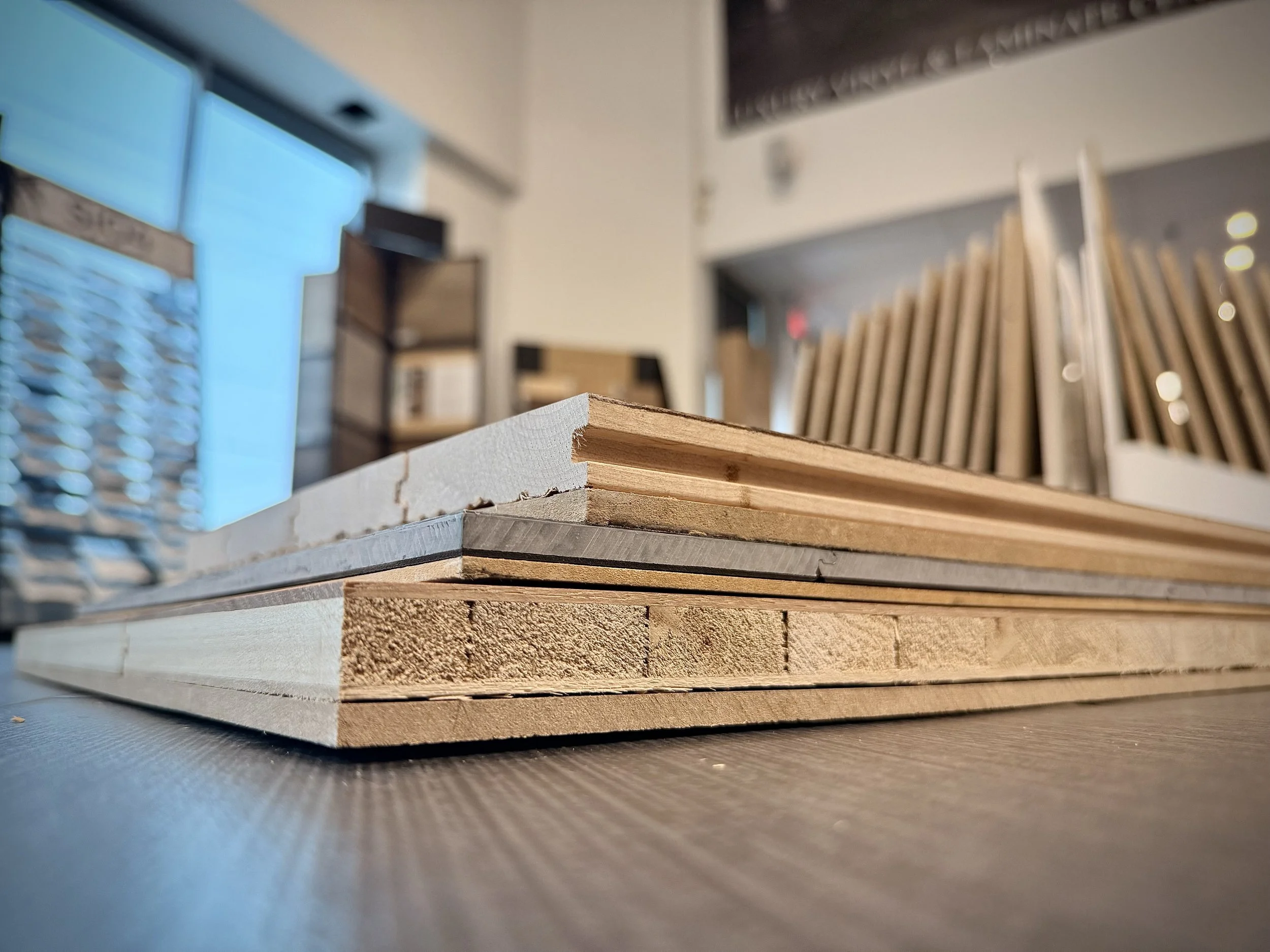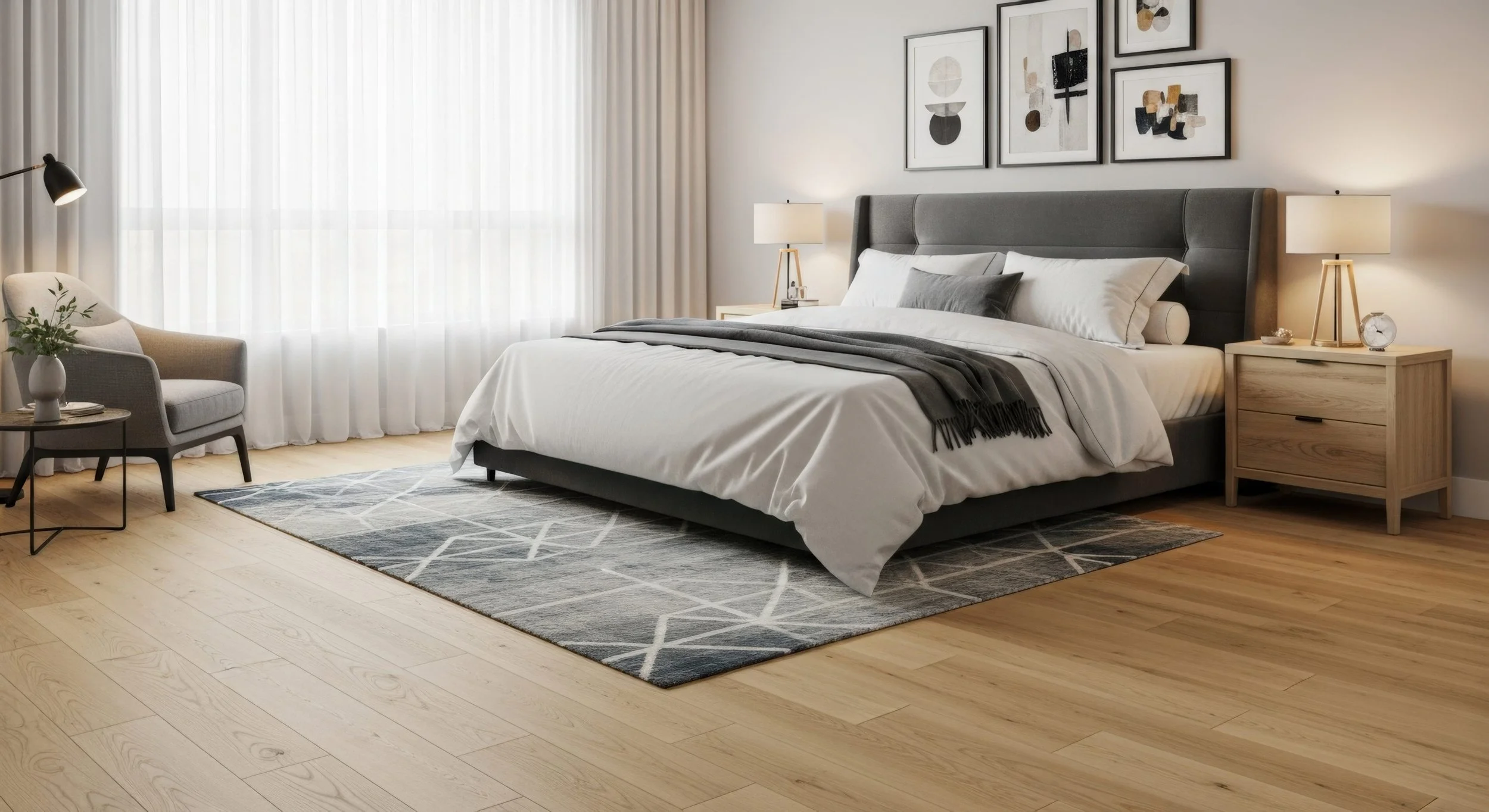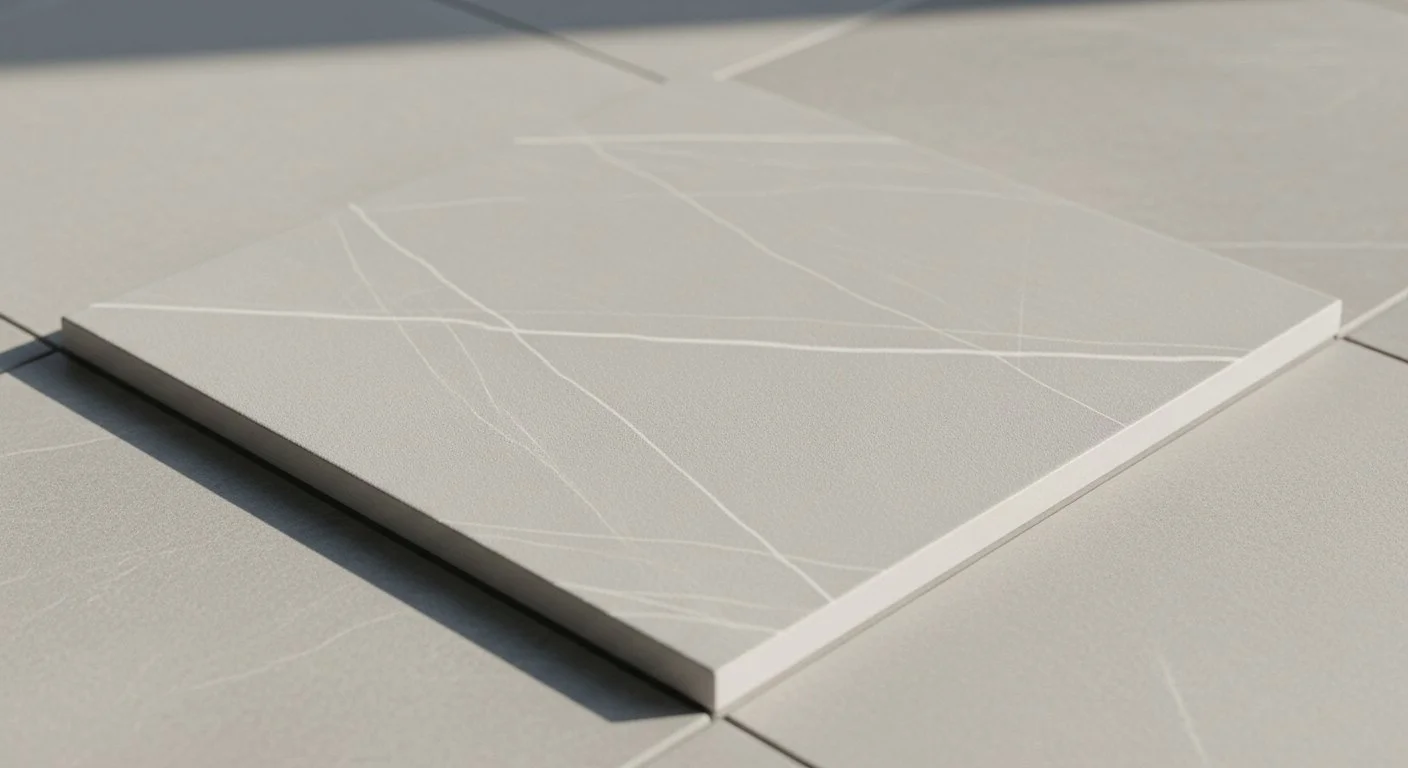Laminam Porcelain Slabs | Superior Natural Surfaces for Kitchens, Bathrooms & Interiors
Founded in the early 2000s, Laminam revolutionized the ceramics industry with the introduction of large-format, ultra-thin ceramic slabs. Originally conceived as an R&D hub for developing and industrializing innovative ceramic products, the company quickly evolved, identifying new applications across both traditional and emerging design sectors.
Wood Flooring: The Most Frequently Asked Questions
25 Of the most asked questions about wood flooring options and installation (Series 1):
What is the difference between solid hardwood and engineered hardwood flooring?
How does vinyl plank flooring compare to real wood in terms of durability?
Is laminate flooring a good alternative to hardwood
What types of wood species are available for hardwood flooring?
Which wood flooring option is best for high-traffic areas?
Can engineered hardwood be installed in basements or over concrete?
How long does solid hardwood flooring typically last
What is the average cost difference between solid hardwood and laminate flooring?
Is vinyl plank flooring waterproof?
Can wood flooring be installed over radiant heating systems?
Porcelain Slab Installation Guide
From fabrication to installation on kitchen islands, bathroom floors, walls, and beyond, this comprehensive guide explores every essential aspect of working with porcelain slabs. We’ll cover best practices, professional tips, and common pitfalls to ensure your project succeeds from start to finish.
BEST KITCHEN COUNTERTOP & ISLAND DESIGN IDEAS
The kitchen countertop serves as more than just a work surface—it’s a design centerpiece and a functional core of your home. From timeless materials like marble to modern, resilient porcelain and eco-friendly options like recycled glass, the ideal countertop combines beauty, practicality, and harmony with your kitchen’s overall aesthetic. This guide explores the best kitchen countertop ideas for 2024, helping you find a solution that suits your lifestyle and design preferences.
The Ultimate Guide to Heat-Resistant Kitchen Countertop Materials
In modern kitchens, where both style and function matter, choosing a heat-resistant countertop material is essential. Whether you're an avid home chef or someone who simply appreciates a well-designed space, countertops that can endure high temperatures without warping, cracking, or discoloring are invaluable. There are several standout materials that offer durability, beauty, and practicality. This guide dives deep into the best heat-resistant countertop materials available, offering insights into their features, pros, cons, and maintenance needs.
The Ultimate Guide to Porcelain Slabs: Elegant, Durable Surfaces for Modern Spaces
Porcelain slabs are ultra-thin, large-format ceramic panels made from refined natural clays, feldspar, silica, and other minerals. These materials are formed into massive sheets—commonly measuring over 3.2 × 1.3 m (126″×63″)—and fired at extremely high temperatures above 1200 °C, achieving vitrification that makes the slabs dense, non-porous, and highly durable . Unlike traditional ceramics, porcelain slabs can mimic marble, concrete, wood, and metallic aesthetics while offering top-tier performance in indoor and outdoor environments.
What Type of Flooring Adds the Most Value to a Home Flipping Project?
When flipping a property, every decision matters—but few carry as much weight as flooring. A well-chosen floor doesn’t just make a home look more appealing; it can significantly increase resale value and help a listing stand out in a competitive market. Whether you’re updating a fixer-upper or modernizing an older space, selecting the right flooring is essential for maximizing your return on investment.
Four-Season Flooring: The Best Choices for Your Cottage Retreat
When it comes to outfitting your cottage with the perfect flooring, there’s more at stake than just picking something pretty. Cottages, especially those used year-round, endure intense seasonal shifts—from hot, humid summers to cold, dry winters. That means your flooring must do more than look good—it has to perform well under extreme conditions, offer comfort, and require minimal maintenance, even in fluctuating humidity and temperatures.
DIY vs. Professional Wood Flooring Installation: What’s Right for You?
When planning a new flooring project, one of the most important decisions you’ll face is whether to handle the installation yourself or hire a professional. While cost savings can make the DIY route appealing, factors such as material type, installation complexity, and your own skill level should heavily influence your choice. Making the right call can mean the difference between a flawless finish and a frustrating, expensive do-over.
The Hidden Hero Beneath Your Floors: Why Proper Underlayment Installation Matters for Wood Flooring
When planning a flooring project, most homeowners and designers naturally focus on the surface—what you see, feel, and walk on. The wood grain, the stain, the sheen, and the color palette all contribute to a room’s aesthetic. But beneath every well-installed wood floor lies a crucial yet often overlooked component: the underlayment.
Porcelain vs Granite, Marble, and Quartz: Choosing the Best Bathroom Countertop Material
When planning a bathroom renovation, your choice of countertop material matters as much as your tiles or fixtures. It needs to look beautiful, resist moisture, and stand up to daily wear. Porcelain, granite, marble, and quartz are all popular options—but not all are equally suited for the unique challenges of bathroom use.
Quartz vs. Porcelain Countertops in Toronto: Which Offers Better Value?
Countertops are more than just functional surfaces—they set the tone for your kitchen or bathroom, influence your home’s resale value, and significantly affect your renovation budget. In Toronto, quartz countertops have long been the popular choice for their clean look, durability, and low maintenance. But with the rising popularity of porcelain slabs, many homeowners are now weighing the pros and cons of each material.



















